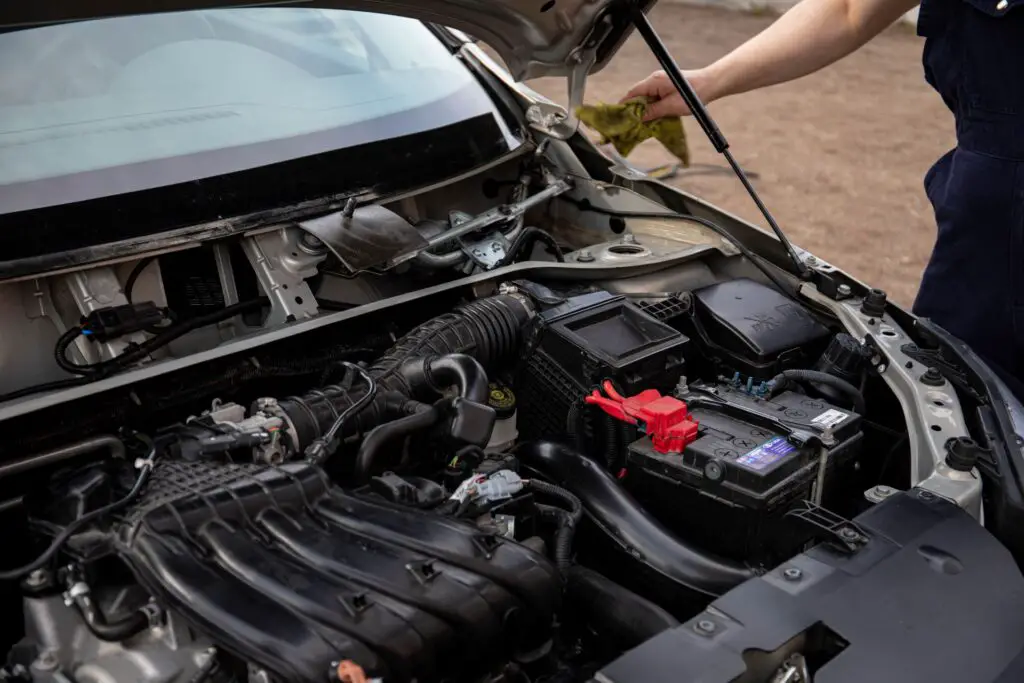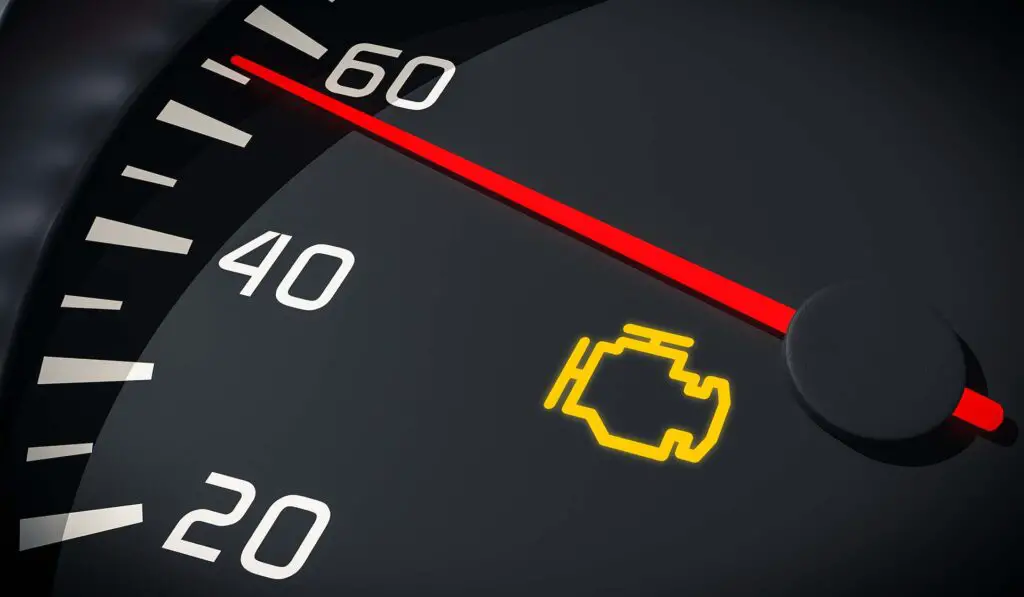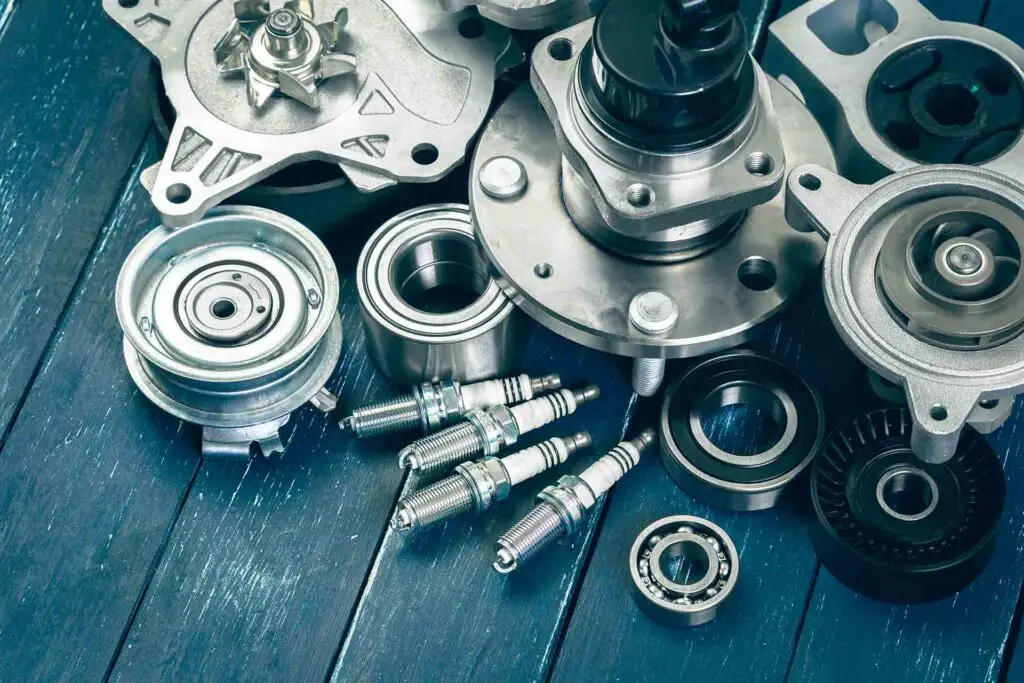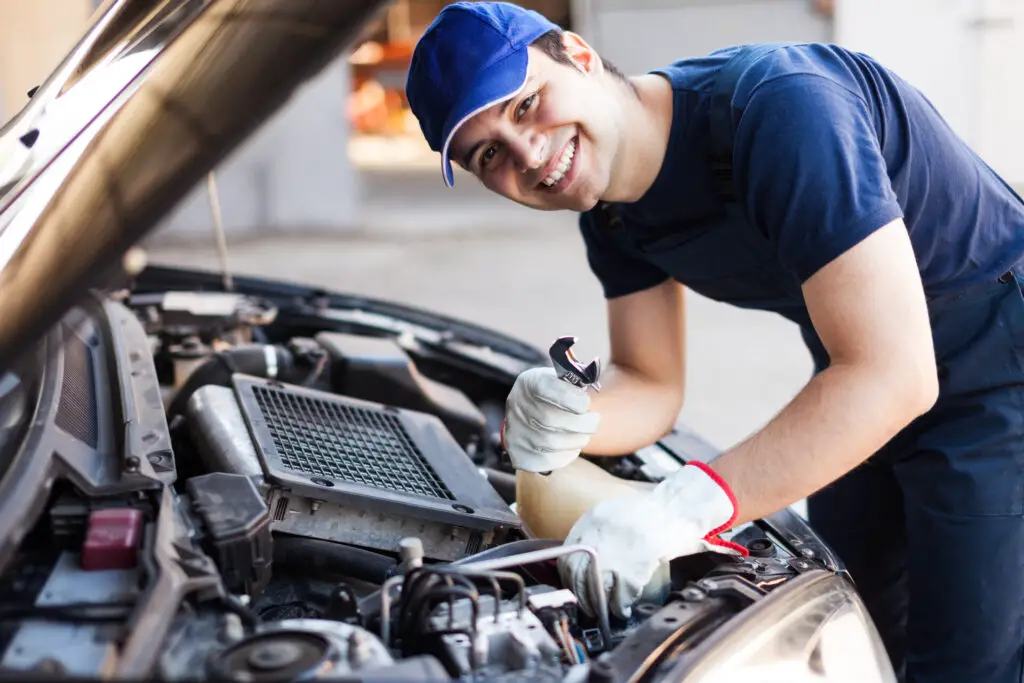Your four-wheeler’s fuel pump silently performs a crucial role, ensuring a steady flow of this life-giving liquid to your engine. But, as the miles pile up, what happens when it’s time for a quick shop visit? How much does a fuel pump replacement cost? Let’s break down the dollars and cents behind this crucial automotive surgery, ensuring there are no unpleasant surprises along the road.
How Much Does a Fuel Pump Replacement Cost?
The average fuel pump replacement cost typically ranges anywhere from $100 to $900 for the parts alone. Yet, the final price is a puzzle, with multiple pieces to consider. The make and model play a starring role, as well as labor expenses and any extra components required for the fix. It’s a blend of factors that ultimately determines the bottom line for this essential automotive procedure.

Why Is a Fuel Pump an Integral Part of Any Vehicle?
Unless you’re driving an electric vehicle (EV), fuel is the lifeblood of your four-wheeler, providing the power it needs to hit the famous US routes with vigor. But, there’s a backstage hero that deserves the spotlight – the pump that ensures this life-giving fluid flows smoothly to your engine, making it an indispensable part of your vehicle’s performance.
Whether it’s on the city streets or on off-road terrains, the engine of your prized ride is like a thirsty marathon runner, and this component is the trusty water bottle. Here are its main roles in a vehicle:
- The pump’s primary task is to move gasoline from the tank to the engine,
- It maintains the right pressure for efficient combustion,
- Some pumps have built-in filters to keep impurities at bay,
- It also ensures that the liquid stays cool, preventing vapor lock.
What Are the Main Types of Fuel Pumps?
Now, this vital vehicle part doesn’t just have one trick up its sleeve – it’s a versatile performer with a few acts to choose from. There are three main types:
| Mechanical Pumps | Driven by the engine’s camshaft, it pumps fuel through mechanical action |
| Electric Pumps | Electrically powered, it uses a motor to generate the necessary pressure |
| Direct Injection | Common in modern engines, it injects gasoline directly into the combustion chamber |
What Are the Common Signs It’s Time for Some Fuel System Servicing?
This component’s role is vital, and like any hard-working hero, it can clock in a lot of miles before feeling tired. Actually, an average automotive fuel pump lifespan is around 100,000 miles or more! But when it decides to take an early retirement, it doesn’t leave quietly. Here are some telltale signs it might be time for a new fuel pump installation:
- Engine sputters,
- Loss of power,
- Poor fuel efficiency,
- Unusual noises,
- Stalling and difficulty starting.

Planning the Budget – What Are the Main Factors Influencing the Fuel Pump Repair Cost?
In the world of vehicle repair costs, figuring out the exact digits can often feel like trying to solve a mystery. This is particularly true for this vital device that keeps everything flowing as it should. Let’s dive into what shapes your budget when planning this crucial repair, ensuring you won’t be left scratching your head at the mechanic’s bill:
Type of Vehicle
The make and model of your ride play a starring role. Luxury cars or those with high-performance engines often demand more sophisticated systems, which can mean a heftier price tag for replacements. On the other hand, more common or compact cars might be on the friendlier side of your wallet. It’s not just about the brand or the size – it’s about how intricate the system is in your specific set of wheels.
Fuel Pump Model
Not all heartbeats are the same, and similarly, not all critical components are created equal. We’ve already discussed the different types which can significantly influence the final bill. Some parts are designed to endure the demands of more intense driving conditions, while others are suited for a more relaxed journey.
High-end models boasting advanced technology or higher durability standards might command a premium. Conversely, a standard model might not make your bank account tremble as much but could meet your needs perfectly.
Additional Parts
Sometimes, it’s not just about replacing the star of the show – there’s an ensemble cast to consider as well. Hoses and filters can be added to your final tally. It’s like planning a party and realizing you need more than just the cake – you need the decorations, plates, and forks, too.
Breaking the Numbers – What Is the Average Cost for Fuel Pump Replacement?
When it comes to replacing the heart of your car’s fuel system, the numbers can be as varied as the vehicles on the road. Typically, you’re looking at shelling out anywhere from $100 to $900 for the parts alone. But remember those extra players we talked about earlier? Once you factor those in, don’t be surprised if your total tips are over the $1,000 mark.
Of course, the make and model of your chariot will steer these numbers significantly, as we’ve already discussed. For example, the BMW fuel pump replacement cost for the 3 Series is somewhere between $1,000 to $1,500, labor included. Meanwhile, the ever-reliable Toyota Corolla might see you parting with around a grand. You can use the search engine on the Kelley Blue Book to get an estimate for your particular ride.
OEM vs. Aftermarket Parts – What’s the Real Deal?
Now, let’s chat about the showdown between OEM (Original Equipment Manufacturer) and aftermarket parts. OEM parts are the brainchildren of your car’s maker, designed to fit and perform seamlessly with the rest of your ride. Their pedigree means they often come with a heftier price tag, but they bring peace of mind and a promise of quality.
Aftermarket parts are like the universal chargers of the auto world. They’re crafted by third-party companies and are designed to fit a wide range of vehicles. They can be more wallet-friendly and offer a variety of options to suit different needs. But here’s the catch – their one-size-fits-all nature means the fit and performance might not always hit the mark like an OEM part would.

Don’t Forget About the Labor Costs of This Crucial Car Maintenance Task
When it comes to maintaining the heartbeat of your car, the wisdom and precision of a professional can’t be understated. Sure, rolling up your sleeves and diving under the hood might save a few bucks, but entrusting this crucial task to seasoned hands comes with a bundle of benefits.
Experts bring a keen eye for detail, a wealth of experience, and the right tools for the job, ensuring that your prized ride not only gets a new part but is completely rejuvenated. But before you hand over the keys, remember that the bill for this expertise can vary widely. Here’s a quick rundown of what might nudge the needle on your final invoice at the auto shop:
- The intricacy of your vehicle’s design can significantly influence the time and effort needed for the task,
- Prestigious shops or those with highly specialized expertise might charge a premium for their services,
- High-cost-of-living areas often see higher rates for professional services, including vehicle maintenance.

DIY Fuel Pump Replacement – The Pros and Cons for Those Who’d Like to Test Their Mechanical Skills
You might find yourself still reeling from sticker shock after googling the question – how much is a new fuel pump? If your wallet is feeling the squeeze, the allure of rolling up your sleeves and tackling the job yourself might be growing stronger.
For those with a knack for mechanics and a love for a challenge, DIY car repairs could be a tempting route to take. But before you dive in, it’s crucial to weigh the pros and cons, balancing the potential savings against the demands of the task. Here’s a quick overview to help you figure it out:
| Aspect | Professional Job | DIY Job |
| Cost | Higher costs due to labor and service fees | Lower, as you’re only paying for parts and tools |
| Time | Scheduled and managed by the auto shop | Depends on your skill and experience |
| Skill Level | Handled by experienced technicians | Requires a good level of mechanical know-how |
| Quality | Assured through professional expertise and guarantees | Can vary based on your proficiency and attention to detail |
| Convenience | Just drop off your car and pick it up when it’s ready | Requires significant personal time and effort |
| Risk | Minimal, with potential warranties and liability coverage | Higher, with the possibility of mistakes and further damage |
Gather the Essential Tools and Consider Your Owner’s Manual a Trusted Partner in This Job
No matter if you’re dealing with mechanical fuel pump issues or you’re preparing for an electric fuel pump replacement, there are a few crucial tools you’ll need. Your toolbox should include a set of sockets, wrenches, and screwdrivers, not to mention a reliable jack and stands to ensure safe access to your car’s underbelly.
But the real MVP in this mechanical venture is your owner’s manual. Consider it your golden ticket, offering step-by-step guidance tailored specifically to your four-wheeler, ensuring that every bolt is turned and every connection is made with precision.
Maintenance Pays Off – Tips to Prolong the Life of Your Fuel Pump
Investing in your car is like nurturing a valuable relationship – it requires attention, care, and a bit of savvy to keep things running smoothly. It all starts with making sure the fuel pump warranty is a long-standing one, providing you with peace of mind for miles to come. Here are some helpful tips that can help you avoid those premature visits to the mechanic:
- Keep your tank above 1/4 full at all times,
- Opt for reputable gas stations and consider fuel with detergents that help keep the system clean,
- Adhere to your vehicle manufacturer’s guidelines for replacing filters,
- While some additives can help clean the system, others might cause harm, so make sure you’re mindful about what you’re using,
- Regularly check fuel pressure, as this can reveal issues early on,
- Excessive weight can strain the entire fuel system, including the component in question, so make sure you avoid overloading if you can,
- Last but not least, schedule regular service check-ups to catch issues early.

Fueling Up for the Long Haul – A Wrap-up on Keeping Your Ride Pumped
And there you have it – a full tank of insights on navigating the twists and turns of this maintenance task. Whether you’re weighing the costs of professional care against a DIY adventure, keeping the fuel system humming can turn the journey from a bumpy ride into smooth sailing. So here’s to many more miles of happy, hassle-free driving. Buckle up, keep your maintenance game strong, and enjoy the ride!








